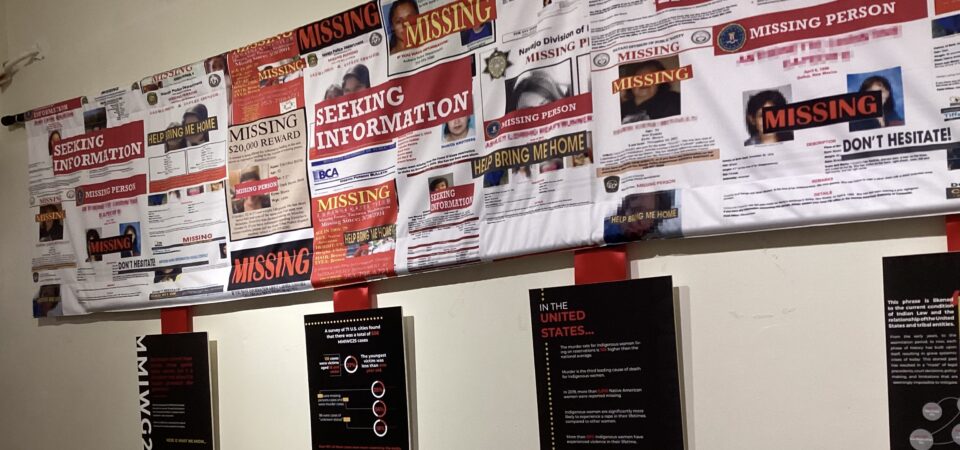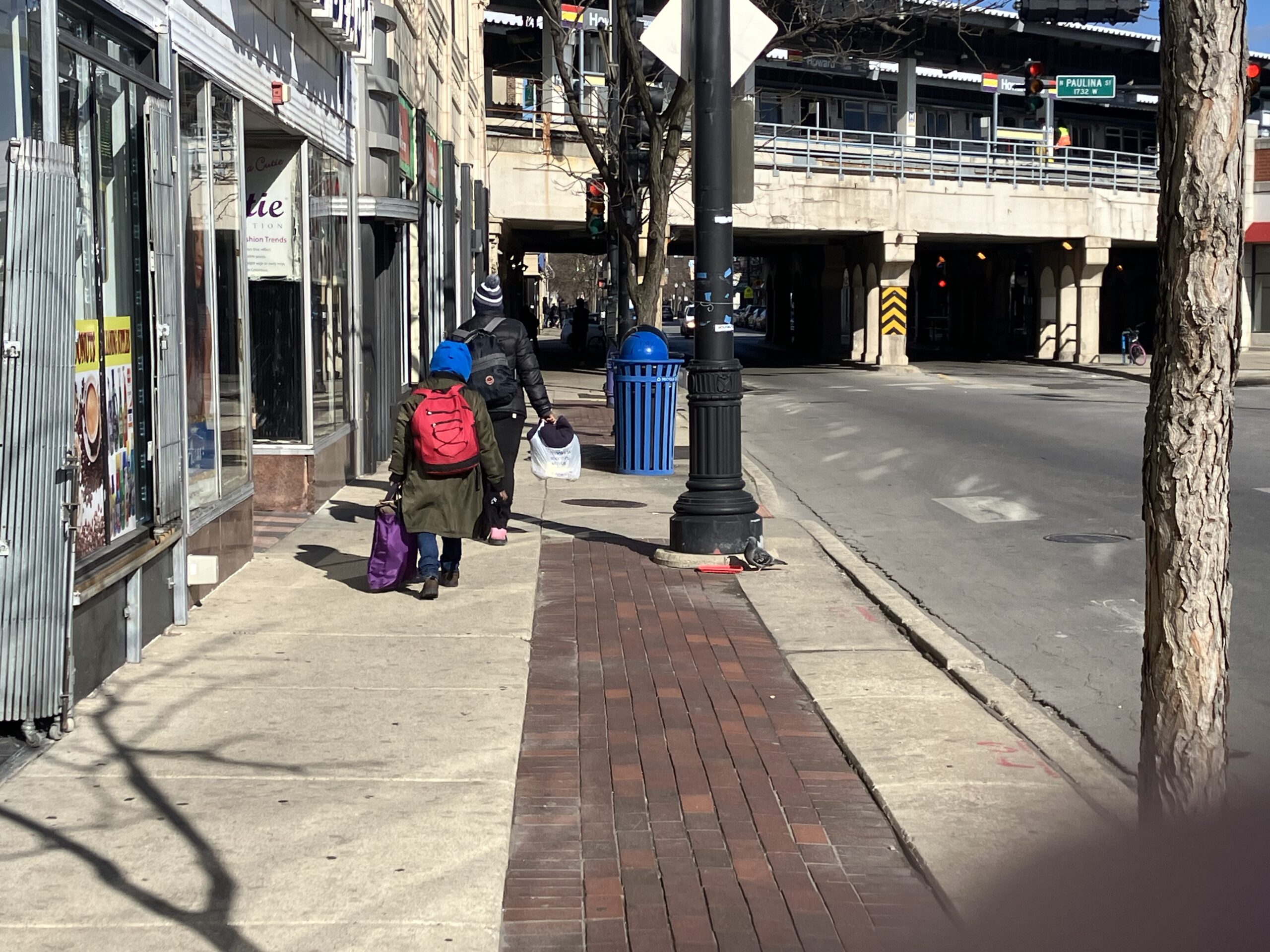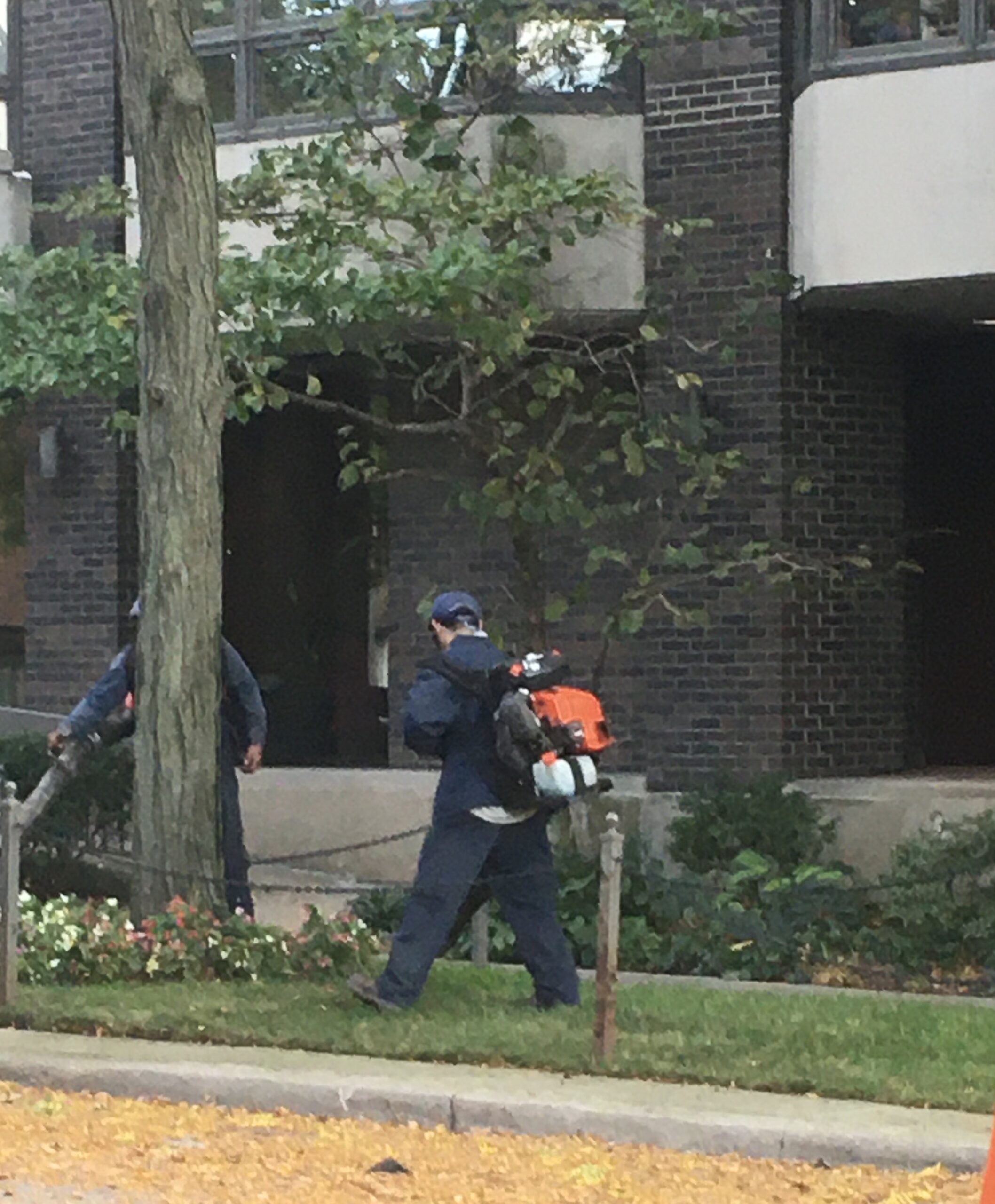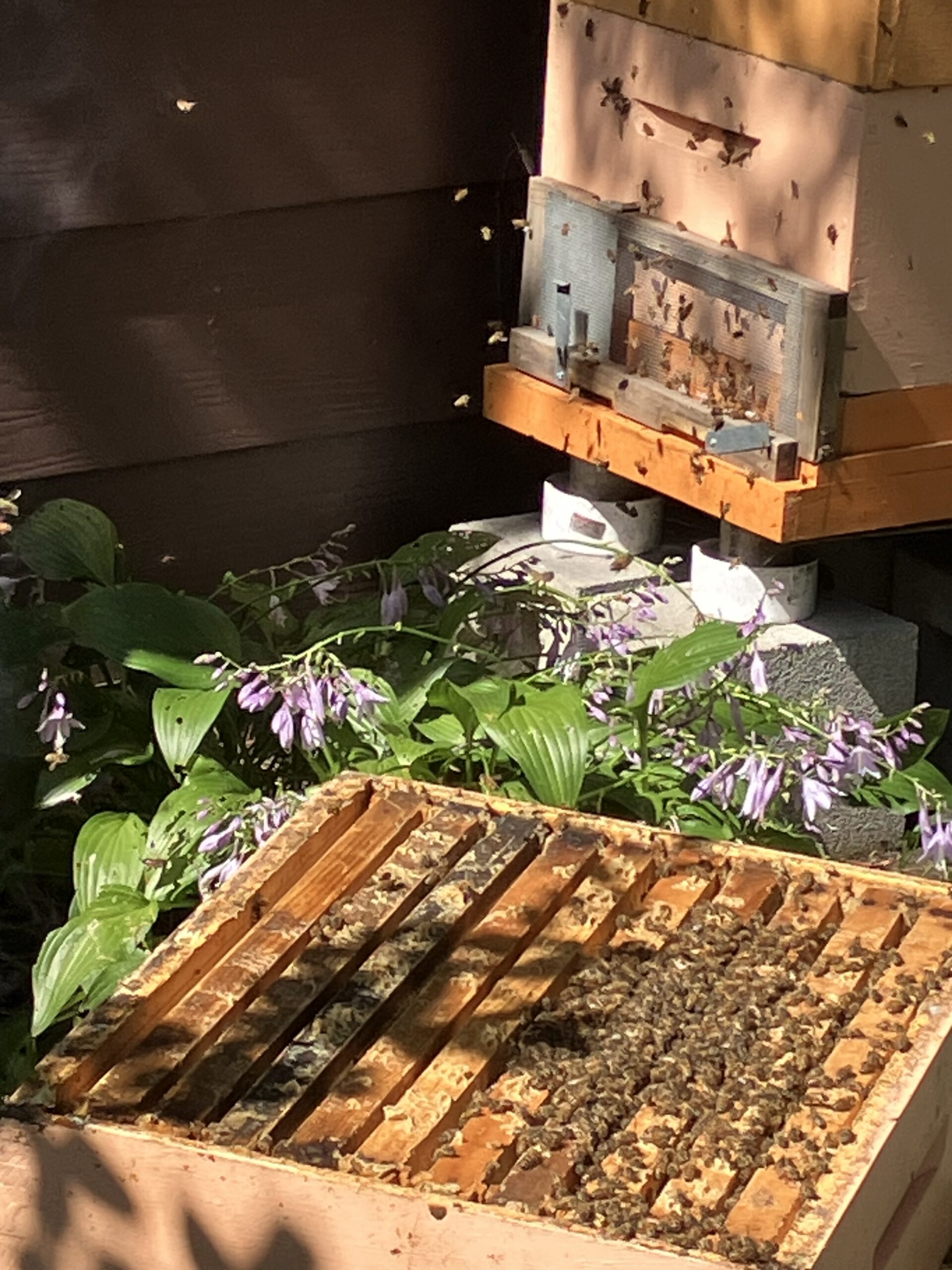By Bob Seidenberg
Native women face murder rates more than 10 times the national average, yet often their perpetrators are not caught and their cases receive scant or no media attention.
Twenty-five new original art works are at the Mitchell Museum of the American Indian in the new exhibit, No Rest: The Epidemic of Stolen Indigenous Women, Girls, and Two-Spirits. Credit: Bob Seidenberg
Of those women subject to violence, 96% were victimized by non-Native perpetrators.
Homicide is the third leading cause of death among Native girls and women ages 10 to 24.
Those stark statistics and others were presented in a bold new exhibit that opened at the Mitchell Museum of the American Indian last week, highlighting an epidemic of violence against Native women, something few but people know enough about.
No Rest: The Epidemic of Stolen Indigenous Women, Girls, and Two-Spirits features 25 original works from 12 collaborating Indigenous artists, and seeks to bring awareness to the Native women who go missing or are murdered every year.
Kim Vigue, the executive director at the museum, 3001 Central St., introduced the exhibit at an open house Jan. 12, which about 50 people attended.
The statistics cited were taken from recent studies by the Centers for Disease Control and Prevention, the National Crime Information Center, Urban Indian Health Institute and others, she said.
An ‘invisible’ epidemic
Gathering the information in itself was a challenge, Vigue said. Of the 5,712 reports of missing Indigenous women, only 116 were logged in the U.S. Department of Justice’s missing person data base.
One of the big factors powering the epidemic is its “invisibility,” Vigue said.
For instance, the 2021 disappearance of Gabby Petito in Wyoming received around-the-clock media coverage that summer, Vigue recalled. “At the same time there were more than 700 Indigenous people, mostly female, who went missing” over the last decade, she said.
Only 30% of the homicides that killed Indigenous women were covered in the news, she said, highlighting another bleak statistic.
In fact, until recently “it was just all grassroots people on the ground, doing the work themselves,” documenting the scope of the epidemic, she said. “The violence reflects not only the detrimental and painful effects of racism but also sexism and acceptance of violence against women.”
The Mitchell Museum of the American Indian, founded in 1977, is only one of a handful of museums across the country that focus exclusively on the art, history and culture of Native American and First Nation peoples throughout the United States and Canada.
Vigue, an enrolled member of the Oneida Nation and a descendant of the Menominee Tribe of Wisconsin, joined the museum in October 2021.
She is one member of the new Native staff and new majority -Native board whose vision for the museum includes a commitment to address social justice issues, she said at the start of her presentation.
The museum seeks to increase visibility and elevate Native voices through education, awareness and advocacy, she said.
“And this exhibit is doing just that,” Vigue said.
This exhibit runs through September.
The museum’s website resources on becoming a greater advocate for the Missing and Murdered Indigenous Women, Girls and Two-Spirit (MMIWG2S) movement, compiled by the Institute for American Indian Studies.




